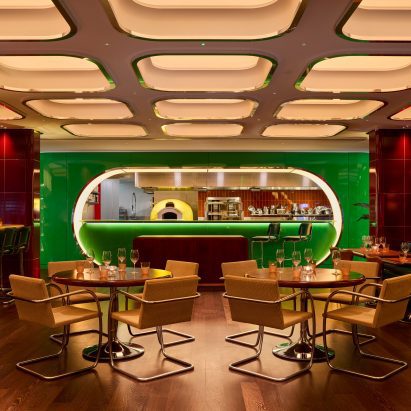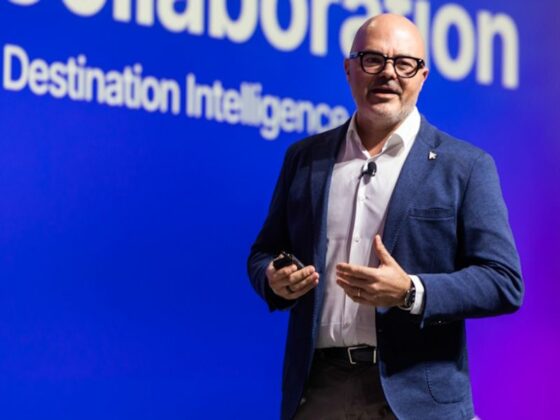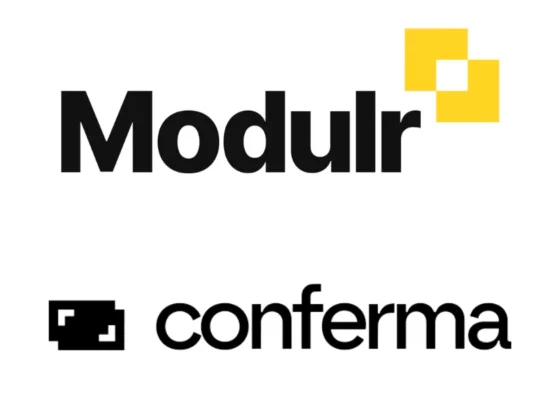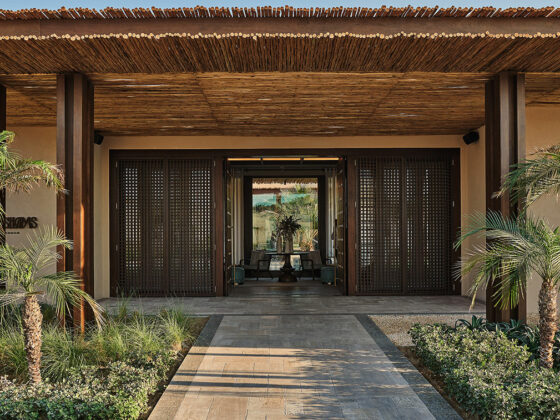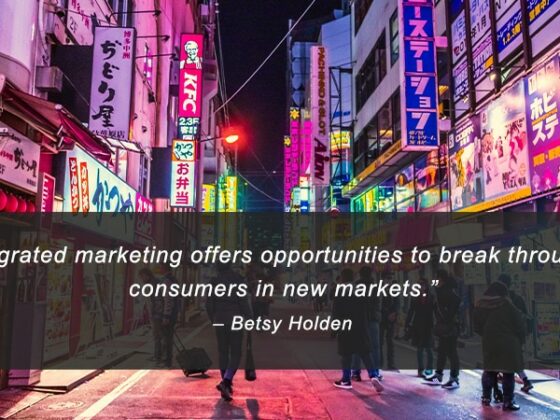Josiah: What do you do when you reach number one? For the team at Blackberry Farm, the answer is to keep improving and keep getting better. This week we’ve explored how this exceptional property achieved the recognition of number one in the U.S. by Food & Wine magazine – among other accolades – and today in this episode, Andy Chabot, SVP of Food and Beverage at BlackBerry Farm, joins us for the final episode in this mini-series to share how they gather and incorporate input from both staff and guests to constantly improve and elevate the guest experience. Andy shares a behind-the-scenes look at BlackBerry’s culture of feedback, the collaborative process behind menu development, and the innovative systems they implement to exceed guest expectations again and again.
Andy: Well, I’ll start kind of internally in that we’ve probably all eaten at enough places or stayed at enough places where you think to yourself, like, how did this slip through kind of thing? Or what’s the concept here? You know, what’s going on? And, you know, I think there’s some places where, you know, if you’re at the top level position, then you get to sort of be an autocrat. You make a decision, that’s how it happens. You put something on the menu and that’s how it is. But that’s not how we manage at Blackberry. We tend to do a lot of things by committee at some level. So when we put a new dish on the menu, there’s a group of us that need to try it. And the chef is very responsive often when we say, don’t you think like this could be cooked a little more or, you know, in the context of the whole menu, this is too similar to something else, don’t you think? And we’re like, Oh yeah, I hadn’t thought about that, you know, and for me, that process, I think it’s great. I think it really shows itself that we have this culture of feedback, because I think what we end up with is a better product.
Josiah: Who’s a part of that group?
Andy: Is it just a few of you? Well, in the restaurants for tasting dishes, it’s a few of us. It’s the F&B director, it’s myself, it’s the chef or the sous chef, whoever’s presenting the dish and the chef. So it’s a group of four or five on new dishes. And similar things happen in design with sheets on the bed or the mattress itself. All of these things have this sort of internal culture of feedback and also of improving. So even though we might have decided on it at one point, it doesn’t mean that’s a final decision. We will revisit things and reassess things and the outside world is changing constantly and there’s different things available, different products, different foods, different this and that, that we need to consider. You know, so there’s this constant sort of internal discussion and feedback with the purpose of making what we do, we think, the best that it can be. And then we also collect feedback from our guests. Our guests are really great in that they care about BlackBerry. They want it to be great. They give us feedback. Which, you have to be open to taking feedback if you take it for the right reason; let’s use this feedback and get better. And this isn’t a criticism. This isn’t a personal attack or anything. This is feedback. And it’s valuable and you assess it and decide. But we even get numerical feedback from our guests. We ask them to rate each kind of area one through five, and we take the number of fours and fives, which are exceeds expectation, and then dramatically exceeds expectation. We take the number of fours and fives and we put it as a numerator over total respondents. So, you know, if you get 10 respondents and you have eight fours or fives in that group, that’s 80%, right? The B minus, I guess, in the normal school terms. Our goal is to be in solidly in the 90s, which is a challenge. But that is our goal. And so what we find in that whole system is that what gets you are the threes, being a meets expectation, which the expectations are high that our guests have, whether our reputation or things they’ve heard or they’ve come 10 times before, they have high expectations coming in. So to exceed those expectations is a challenge. To meet them is pretty good, frankly. But we feel it’s not good enough. And so we spend a lot of time amongst ourselves talking about how do you convert a three to a four? How do you get to exceeds expectation? What is it that exceeds expectation? And that’s a pretty nebulous thing sometimes. You know, it’s we know the product is good. But, you know, what is it? It’s usually the soft skills. It’s the feeling that the guest has. It’s the connection they made with the person who checked them in, you know, or the other thing is possible. Things can roll the wrong way. They can have a tough check-in experience, and then they’re critical about their food experience, and then, you know, this and this and this. But we do think a lot about, how do we push you out of meets expectation to exceeds? And it’s not a clear answer all the time, but it’s a good goal to have.
Josiah: I imagine some of that, as you pointed out, it’s really hard because the expectations are sky high because you’re at the very best of the game, right? So people are expecting absolute world-class. I imagine moving from meets to exceeds expectations is a very personal thing for each guest. But I’m curious if an example comes to mind in terms of if there was a recurring thing of maybe the service delivery experience that you were hearing, and then you made a change based on some of that feedback.
Andy: Yeah, I mean, we definitely look for trends, I think is sort of what you’re saying. And, you know, when you start to see comments or consistently meets kind of thing, I personally think some of the first places you look are your systems. You know, I think hotels and restaurants specifically kind of live and die on the systems. You know, if you can improve the system, then you’ve improved the experience for everybody. And that should come out somewhere in the numbers, right?
Josiah: Are you talking about technology systems or more operational delivery process systems?
Andy: I do think both. An example I can give, and it’s not brand new, but… You know, I remember a time where we were using, you know, a binder with handwritten reservations. And then out comes things like OpenTable or ResDiary. And now, all of a sudden, you can tweak the booking patterns. You know, you can kind of tighten it down in certain periods or allow more reservations in other periods. And you can kind of play around with it and get just a really, really good kind of seating structure. And you know how your guests might act, you know, and say like, Yeah, I guess they’ll really show up on time all the time. They’re kind of relaxed. So let’s make sure that this allows for people to be 15 minutes late or early. But just having a system where you don’t have to manually do it all the time allows you to take those skilled people and use them somewhere else. It also just allows the system to manage itself kind of a thing. So I think that’s maybe a technological example. We look a lot at the flow of service in the restaurant and what we’re trying to achieve. And recently, actually, in all our restaurants, you know, we said, for dinners at least, that we found we were actually moving a little too fast. And that guests were there for a leisurely experience, but we were, you know, doing our best to be quick. And we found that you know, we were getting food on the table before the guests had gotten into maybe that second drink or, you know, the one experience past cocktail. And we said, well, we have to slow down. So what’s the best way to do this? Is it to wait to take the order? Is it to take the order and then trust the server to remember to put it in five minutes later? What’s going to work 100% of the time or 99% of the time? What’s a good system to put in place? Eventually, we decided it’s when you take the order, we need to push that back. We said, because Otherwise, we’re really relying on someone’s memory. And if you get busy, you know, whoops, you forgot to put in the order. Now, all of a sudden, you’re 15 minutes behind. You know, so that was kind of a softer change we made. But just to allow a more leisurely experience, people still want fast service. But the whole experience was too fast. So it’s like, once you start service, then it needs to move. So you got to wait to kind of get service rolling. It was kind of our take on that. So I mean, that was, you know, two months ago. We really made that change. So we’re really constantly looking to make some of these improvements. So, I mean, it’s all the time.


